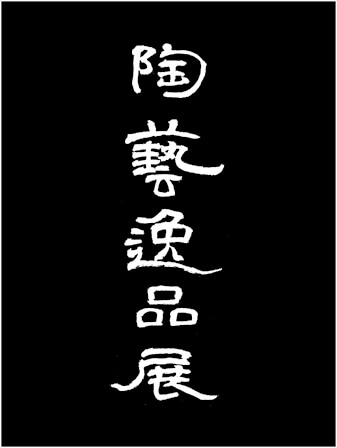This is a tea bowl of Benishino, which has become a synonym for Mr. Rosanjin Kitaoji.
This tea bowl, which presents a firing process that can be considered ideal, is both practical and pleasing to the eye.
Benishino, which is produced using the technique of mouse Shino, produces a strong contrast between red and white, and therefore the vigorous line engraving of Mr. Rosanjin is very visible.
The words that the old critics commented on Rosanjin's teacups are nowhere to be found in this teacup.
It is a good teacup to fall in love with.
The signature of the work may have been buried under the Shino glaze, but I cannot find it.
Rosanjin Kitaoji 北大路 魯山人
1883
Born in Kamigamo Kitaoji, Kyoto.
1907
Began his career as a calligrapher in Tokyo.
1916
Wandered around Korea, China, Shiga, Fukui, and Kanazawa. Returned to Kyoto.
1919 Opened his antique shop in Tokyo.
1921
Began 'Bishoku club' (Gourmet's club) which serves his food with his collections.
1925 Began 'Hoshigaoka Saryo'. (Members-only restaurant)
1928
Built 'Hoshigaoka kiln' in Kamakura for producing dishes used in the restaurant.
His reputation rose as his works exhibited in department stores and the restaurant.
1935
Started focusing on producing ceramics.
1936 Left the management of the restaurant.
1937
The first exhibition of his new works held at Ginza Kuroda Touen.
1939
The Hoshigaoka kiln was blisk holding about 50 staff around this year.
1942
Evacuation in Ishikawa prefecture. Produced lacquer ware there.
1954
Held a solo exhibition in New York, invited by Rockefeller Foundation.
Visited U.S. and Europe.
1955
Declined certification of a living national treasure.
1956
Actively held exhibitions in Tokyo, Kyoto and Nagoya.
1959
Passed away at the age of 77.


